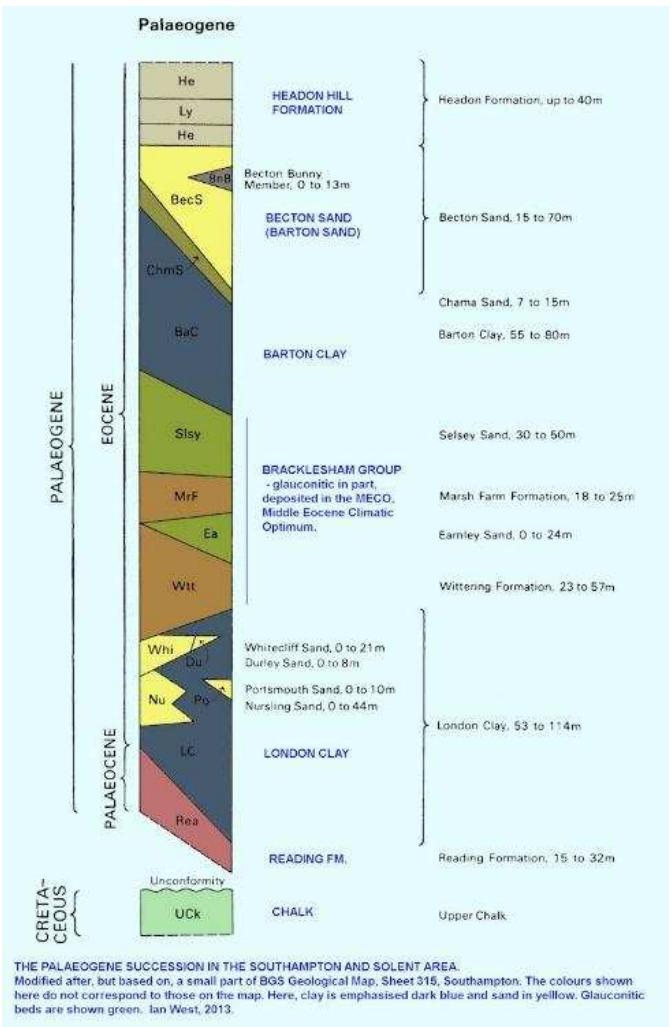Key research themes
1. How did boat construction techniques and material culture evolve in ancient and Iron Age Northern Europe, and what insights do archaeological finds provide about these technologies?
This theme investigates the construction methods, materials, and technological transitions embodied in early boat finds from the Neolithic through the Iron Age in Northern Europe, with a focus on sewn-plank boats, logboats, and the shift from organic ligatures to iron fasteners. It explores the cultural and technological implications of these finds, including the influences of ritual practices and regional variations in boat-building traditions.
2. What were the practical sailing capabilities and navigation methods of early to medieval boats, and how did human factors influence their operational use?
This theme addresses the interaction between technological sailing capabilities of ancient and medieval vessels and navigational techniques available before the advent of modern instruments, emphasizing human limitations, environmental constraints, and traditional practices. It analyzes empirical reconstructions of windward sailing ability along with the use of depth measurement tools like the lead and line, elucidating how mariners managed navigation and seamanship within these limitations.
3. How did sailing technology and ship design evolve between the 16th and 19th centuries to improve sailing performance, and what quantitative evidence challenges previous beliefs about technological stasis in this period?
This theme investigates technological progress in sailing ship design during the Early Modern to Industrial periods, contesting longstanding views of minimal innovation before steamships. It focuses on quantitatively measured increases in sailing speed correlated with hull innovations like copper plating and incremental sail and rigging design improvements, combining historical logbook data and maritime archaeology to document a nuanced trajectory of maritime technological development influencing economic and military power.


























































































